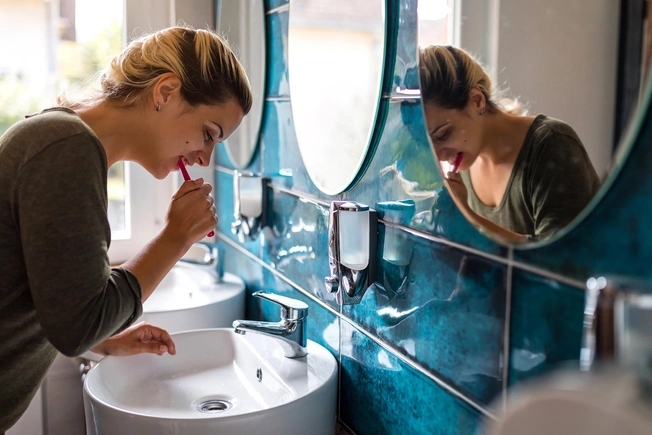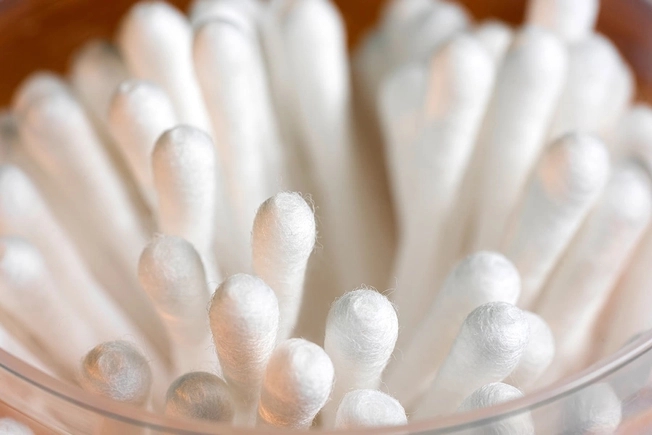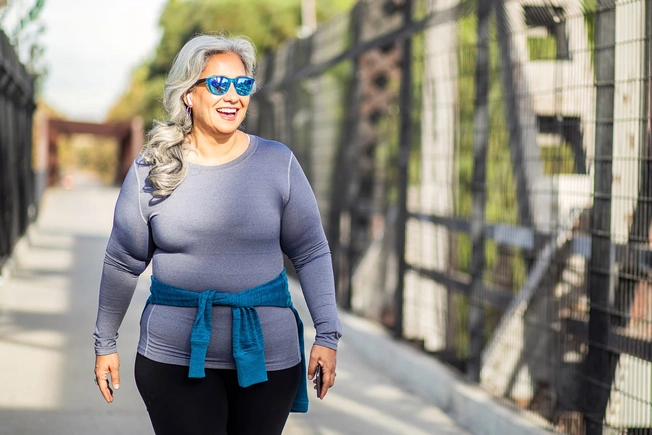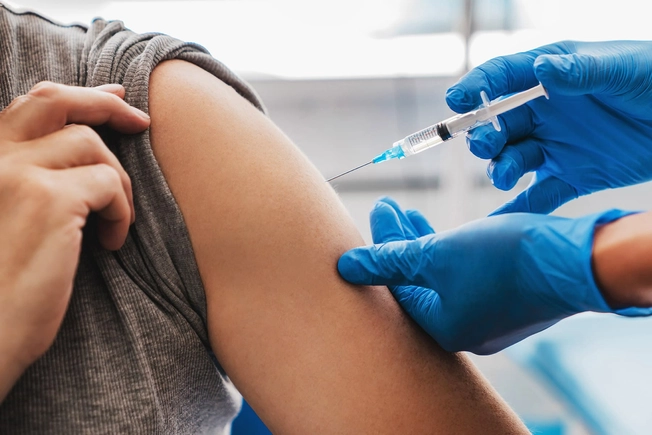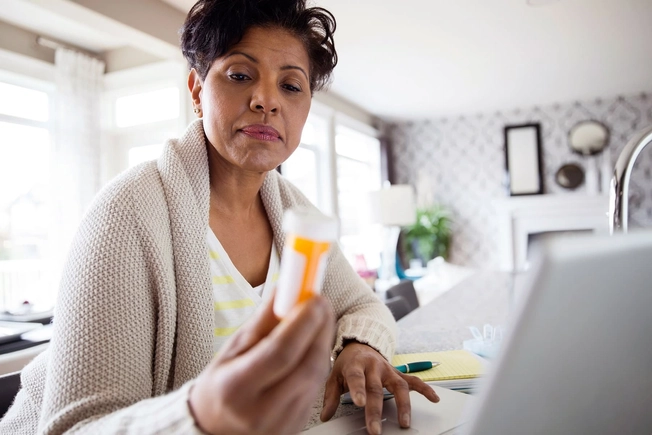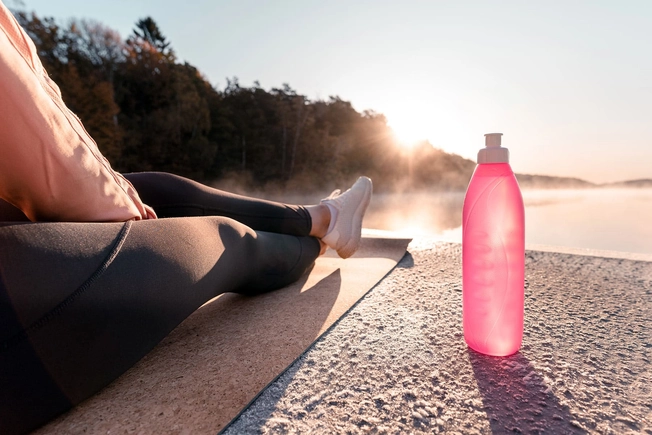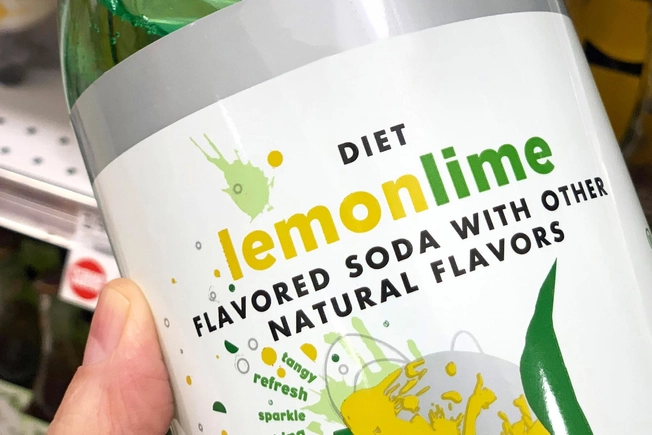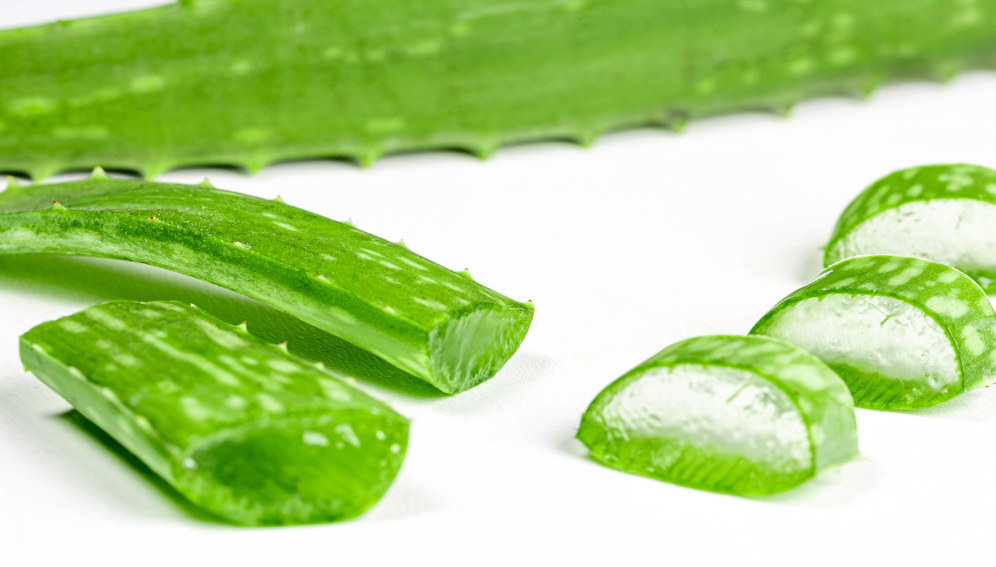- Cancer-causing benzene is widely found in aerosol sunscreens
- Federal regulators don’t require sunscreen contamination tests
- Keep your family safe by using lotions instead of sprays
Introduction: The health hazard hiding in your sunscreen
Many personal care products are contaminated with toxic chemicals that can harm public health, from asbestos in children’s makeup to the presence of the “forever chemicals” known as PFAS in many cosmetics.
Now certain aerosol sunscreens have been found to be widely contaminated by the cancer-causing chemical benzene, creating potential exposure risks for you and your family.
Many people believe the Food and Drug Administration will protect them from unsafe products. But the agency does not require companies to test their products for contamination. And its list of ingredients that are banned and restricted for use in cosmetics includes only nine substances out of the tens of thousands manufacturers may use.
Rather than rely on third parties to identify harmful products after they’re already on the market and widely used, the FDA must create safeguards that prevent contaminated or unsafe products from reaching consumers in the first place.
Although benzene is present in spray sunscreens, both the FDA and EWG recommend using other types of sun protection, such as lotions and creams. Our annual Guide to Sunscreens evaluates products based on a combination of ingredient hazard and efficacy ratings. Its rankings and recommendations are based on publicly available information, but information about contamination is mostly unavailable.
The benzene problem – unsafe at any level
Benzene is a sweet-smelling, petroleum-derived toxic chemical widely recognized as causing cancer and other serious health effects, with no safe level for human exposure.
The substance has been detected in sunscreen sprays, lotions and gel-based products, with the highest levels found in spray or aerosol sunscreens from several different brands. It’s unclear why these products are contaminated with this dangerous substance, but initial FDA reports suggest the source may be inactive petroleum-derived ingredients like thickening agents, spray propellants and antifungal preservatives.
Whatever the source, benzene does not belong in consumer products.
Many of the sunscreens with the highest levels of contamination have either been recalled or removed from store shelves, but this kind of reactive recall does not prevent harm to consumers who have already used these products.
The fact that benzene can end up in something as common as sunscreen– a product intended to be used daily for a lifetime – underscores the urgent need for the FDA to require manufacturers to test their products and verify they are free of harmful chemicals before the products reach store shelves.
Why benzene is bad
Benzene is a well-studied chemical, recognized as carcinogenic by regulatory bodies that include the FDA, Centers for Disease Control and Prevention and International Agency for Research on Cancer, among others. The presence of benzene in aerosol sunscreens is especially concerning, because it can be both inhaled and absorbed through the skin.
Short-term exposure to high levels of benzene in the air can cause dizziness and headache and even be fatal if the level is high enough. Long-term exposure is known to cause serious health issues, including leukemia and anemia from reduced blood cell production.
FDA researchers found that active ingredients in most or all sunscreens are absorbed through the skin after just one application. And an in vitro study showed that benzene is absorbed at especially high rates when sunscreen is applied.
Although a 2022 letter to the editor using data from the National Health and Nutrition Examination Survey, reported that sunscreen use is not associated with increased benzene concentrations in blood, the authors acknowledge multiple shortcomings of the data. Most notably, there was no data on the timing of sunscreen use relative to when participants’ blood was drawn.
Benzene levels decrease quickly in the body, so if the blood samples were not collected soon after the participants used sunscreen, the amount of benzene in the blood is unlikely to accurately reflect benzene exposure due to sunscreen use.
Given the recent sunscreen recalls due to benzene contamination, there is potential for benzene exposure from sunscreens.
The FDA’s failure to act
In May 2021, an independent laboratory published a chemical analysis of 294 batches of sunscreen and after-sun care products from 69 brands. According to the lab, 27 percent of the batches had detectable concentrations of benzene, which is restricted by the FDA for use in sunscreen products because of its “unacceptable toxicity.”
The lab petitioned the FDA to recall 78 contaminated batches of affected products, including 40 batches with urgency, due to contamination with especially high levels of benzene. The researchers also called on the agency to investigate the cause of contamination and establish protocols to prevent it in the future.
Among the 10 brands with highest concentrations of benzene in their products, only Aveeno, Neutrogena and Coppertone have issued recalls. CVS halted sales of two highly contaminated products but did not issue a recall. The remaining 11 brands with sunscreens contaminated by lower levels of benzene continue to sell their products.
In July 2021, Johnson & Johnson, which owns Aveeno and Neutrogena, issued a recall for specific aerosol sunscreens, even though it said daily exposure to their contaminated sunscreen “would not be expected to cause adverse health consequences.”
But Consumer Reports obtained an internal FDA health hazard evaluation in December 2021, a week before Johnson & Johnson’s recall, that reached a different conclusion. The report stated “life-threatening” health hazards and “permanent impairment of a body function” could be caused by use of the company’s contaminated sunscreens.
It’s not clear why the FDA withheld its internal evaluation from the public. The agency’s inability to identify contaminated products and effectively convey product safety information underscores the need for the agency to take preemptive measures rather than rely on third parties and manufacturers to report contamination.
Tips to keep your family safe
Benzene contamination of some sunscreens should not discourage anyone from wearing sunscreen altogether. When selecting a product:
- Choose a lotion instead of a spray. To reduce inhalation risk and minimize potential benzene exposure, avoid spray and powder sunscreens.
- If you must use a pump or spray, apply sunscreen to your hands first then wipe it on your skin to ensure uniform sun protection.
- Avoid SPF values above 50, which provide diminishing sun protection and can lead to exposure to overly high concentrations of sun-filtering chemicals.



